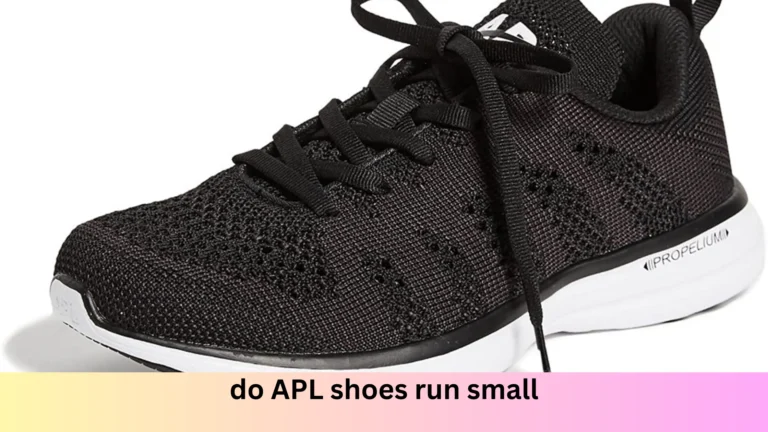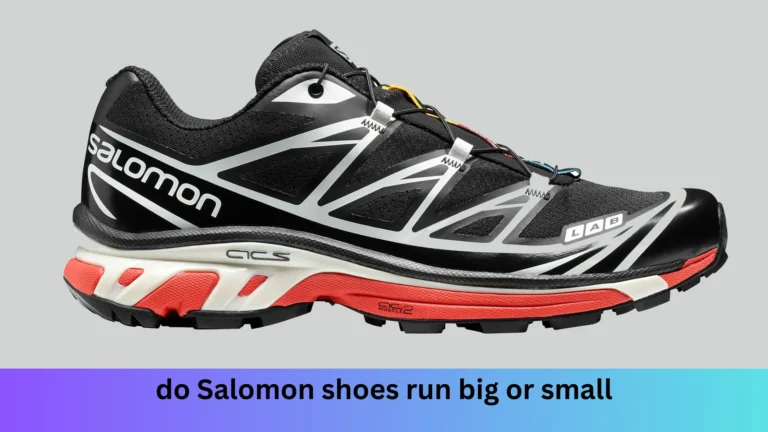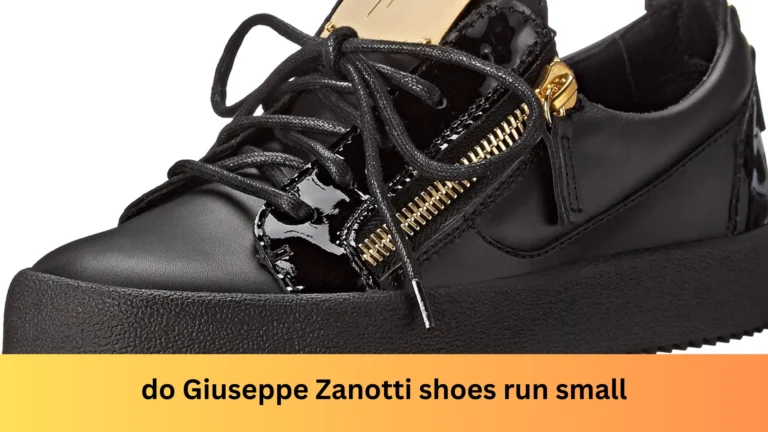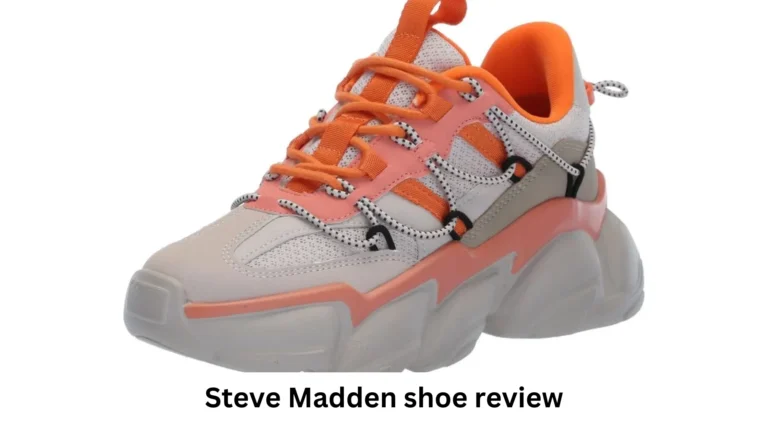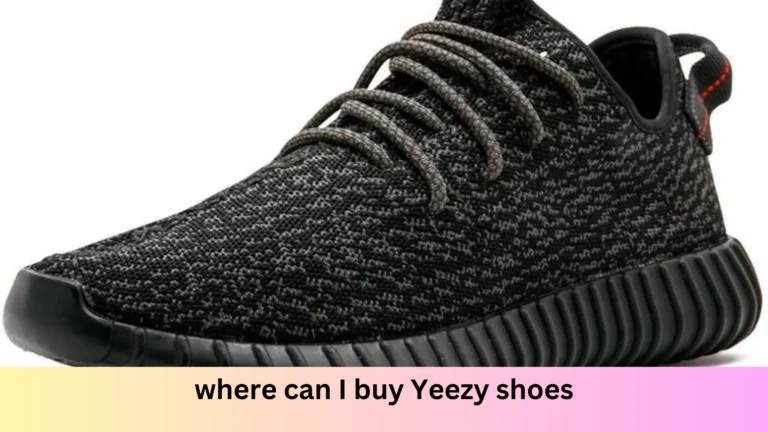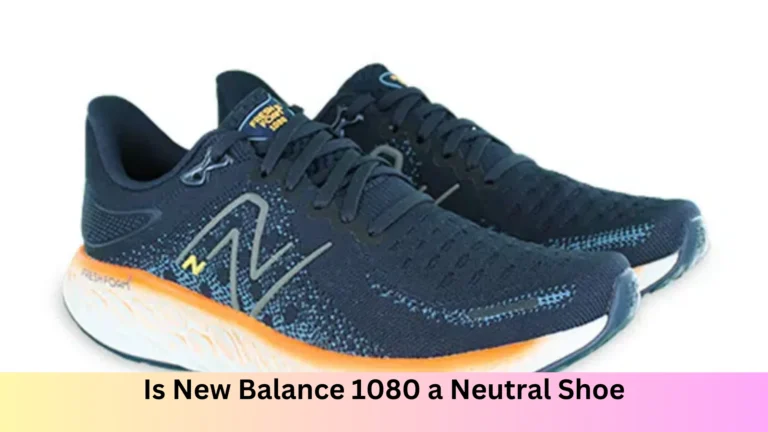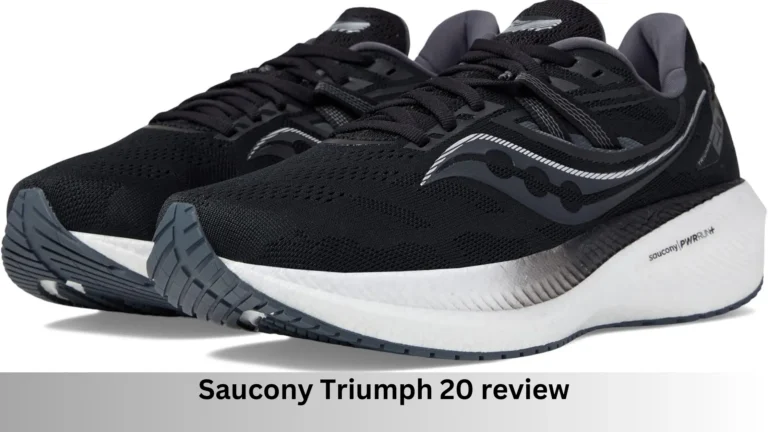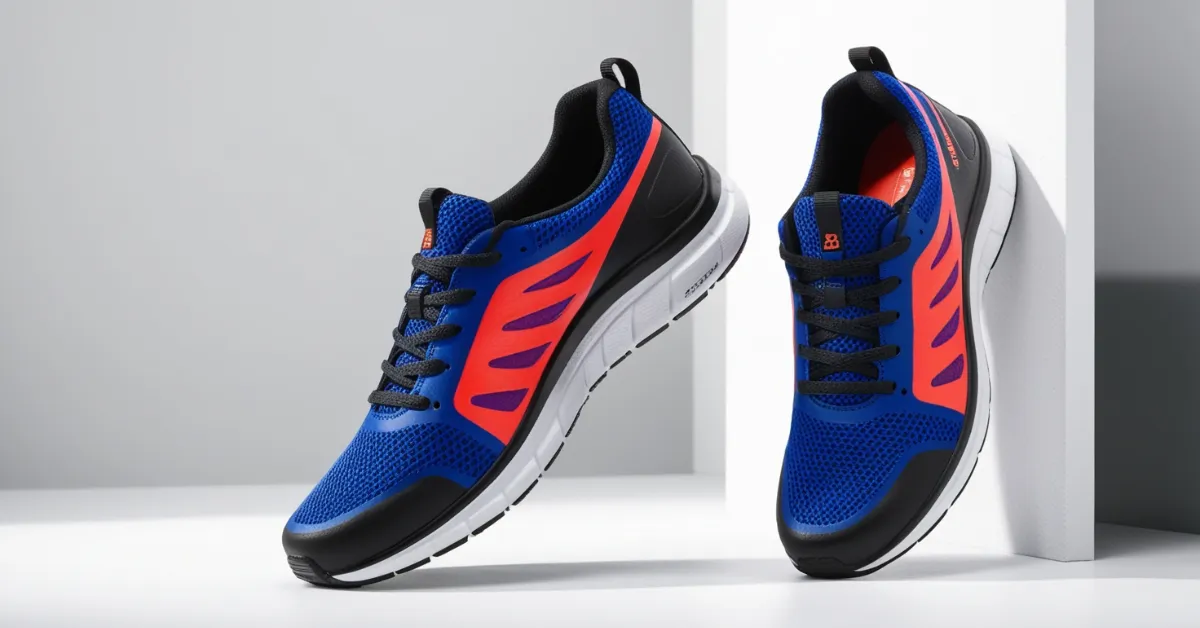
Running shoes play a critical role in enhancing performance, providing comfort, and preventing injuries. Among the diverse styles available, slip-on running shoes have gained popularity for their ease of use and sleek design. But the burning question remains: Are they truly effective for running? In this article, we will dive deep into the features, benefits, limitations, and scenarios where slip-on running shoes may or may not be the right choice.
What Are Slip-On Running Shoes?
Slip-on running shoes are a type of athletic footwear designed without traditional laces or fastening systems. They are typically made with elasticized materials or stretchable uppers that ensure a snug fit. Some models feature advanced technology to maintain foot support without the need for manual adjustment.

The convenience of slipping them on and off makes them appealing, but this very feature raises concerns about their performance and stability during intense activities like running.
Key Benefits of Slip-On Running Shoes
1. Convenience and Speed
Slip-on running shoes eliminate the need to tie laces, making them ideal for individuals who prioritize convenience. Whether you’re heading out for a quick jog or transitioning during a triathlon, slip-ons save valuable time.
2. Minimalist Design
Their sleek and lightweight structure appeals to runners who prefer minimal distractions. The absence of bulky features gives a streamlined feel, which can be advantageous for casual runs.
3. Versatility
Slip-ons are not only designed for running but also excel as everyday wear. Their stylish appearance pairs well with various outfits, making them a multi-functional choice.
4. Improved Fit for Some Runners
Some slip-on designs cater to runners with wider feet or specific arch shapes, offering comfort that traditional laces may not always provide.
Challenges and Limitations of Slip-On Running Shoes
1. Lack of Adjustability
One significant drawback of slip-ons is their inability to provide a customizable fit. Unlike laced running shoes, slip-ons rely on elastic materials, which might not offer consistent support for every foot shape.
2. Reduced Stability for Long Runs
For runners tackling longer distances or uneven terrains, stability is paramount. Slip-ons may fail to provide the necessary lockdown, increasing the risk of foot slippage and injuries.
3. Limited Options for Specific Needs
Slip-on models often lack specialized features like motion control or high arch support. Runners with conditions such as overpronation or plantar fasciitis might find traditional running shoes more beneficial.
4. Durability Concerns
The stretchable materials used in slip-ons, while comfortable, may wear out faster than traditional running shoes, especially with frequent use.
Also Read: What to Look for in a Running Shoe for Men
Who Should Consider Slip-On Running Shoes?
Slip-on running shoes can be a suitable choice for the following groups:
- Casual Joggers: If your running routine involves light jogging or walking, slip-ons can provide adequate comfort and ease of use.
- Triathletes: The quick-on, quick-off nature of slip-ons is beneficial for transitions during triathlons.
- Travel Enthusiasts: Their lightweight and packable design makes them a great travel companion.
- People with Dexterity Issues: Slip-ons eliminate the need for tying laces, which can be helpful for individuals with mobility or dexterity challenges.
When to Avoid Slip-On Running Shoes

Despite their benefits, slip-on might not be the best choice in the following scenarios:
- Competitive Runners: For intense training sessions or races, the lack of a secure fit might impact performance.
- Trail Running: Uneven terrains require maximum stability, which slip-ons might not provide.
- Runners with Orthopedic Needs: If you rely on custom insoles or need specific arch support, traditional running shoes are likely a better option.
Features to Look for in Slip-On Running Shoes
If you’re considering purchasing slip-on running shoes, look for these essential features:
- Elastic Uppers: Ensure the material is stretchable yet durable enough to maintain its shape.
- Cushioning: Opt for models with adequate midsole cushioning to absorb impact during runs.
- Traction: Look for outsoles with good grip to handle various surfaces.
- Breathability: Mesh uppers are ideal for keeping your feet cool and preventing excessive sweating.
- Toe Box Space: Make sure there is enough room in the toe area to avoid discomfort.
Top Slip-On Running Shoe Models in the Market
- Nike Free RN Flyknit
Known for its sock-like fit and lightweight design, this model is perfect for short-distance runners seeking flexibility. - Adidas Ultraboost Slip-On DNA
Combining comfort with a snug fit, this shoe offers exceptional cushioning for casual running and walking. - Skechers GOwalk Max
A popular choice for walking and light jogging, this shoe emphasizes comfort and versatility. - Allbirds Tree Dashers
Made from sustainable materials, these slip-ons provide decent support and cushioning for low-impact activities.
Tips for Running in Slip-On Shoes
- Start Slow: Begin with shorter distances to assess their fit and performance.
- Avoid Technical Trails: Stick to smooth, even surfaces where stability is less of a concern.
- Consider Socks: Wearing socks can reduce friction and enhance comfort during runs.
- Replace When Necessary: Monitor the stretchability and cushioning, and replace them when signs of wear appear.
Conclusion: Are Slip-On Running Shoes Right for You?
Slip-on running shoes are a blend of style, convenience, and comfort. While they are not a universal solution for every runner, they cater well to specific needs such as casual jogging or quick transitions. For serious runners or those with specialized requirements, traditional running shoes remain the go-to choice.
Understanding your running habits and preferences is key to making the right footwear decision. Always prioritize comfort, support, and performance when selecting your next pair of running shoes.

Hello, I am Natasha Rose. I am the founder of the website Best Running Shoes. I am from California, USA. I am a professional shoe analyzer and an employee in a shoe showroom. I like to provide information about all types of shoes.
